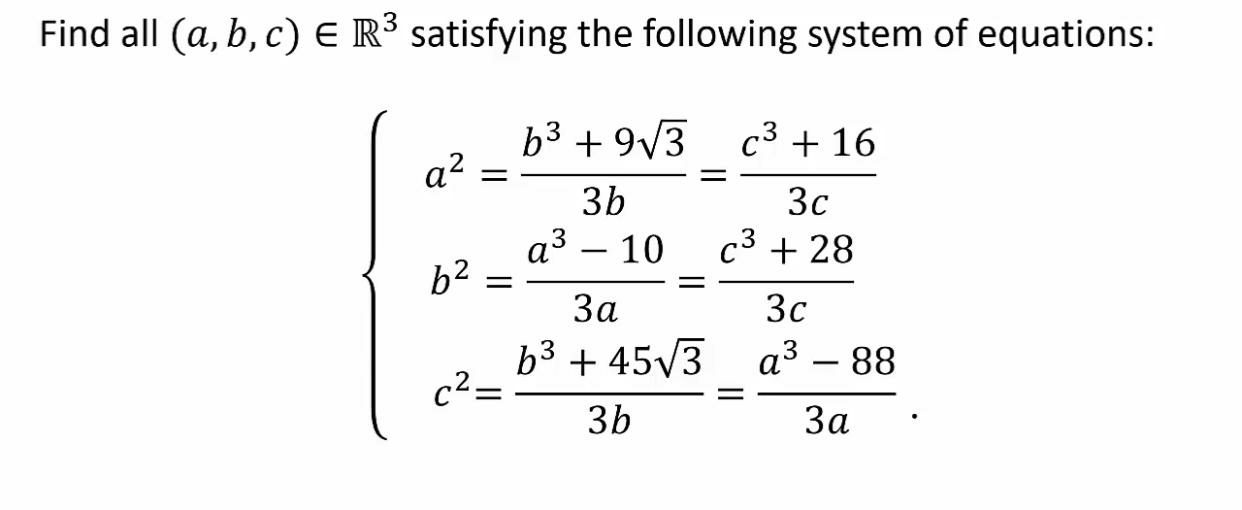
AllQuestion and Answers: Page 1440
Question Number 68043 Answers: 1 Comments: 1
$$\int_{\pi/\mathrm{2}} ^{\pi} {e}^{{cosx}} \sqrt{\mathrm{1}−{e}^{{cosx}} }\:{sinx}\:{dx} \\ $$
Question Number 68728 Answers: 0 Comments: 0
Question Number 67413 Answers: 0 Comments: 0

Question Number 67398 Answers: 0 Comments: 2
Question Number 67396 Answers: 0 Comments: 2

Question Number 67393 Answers: 0 Comments: 1
Question Number 67392 Answers: 0 Comments: 0
Question Number 67386 Answers: 2 Comments: 8

Question Number 67385 Answers: 0 Comments: 0
Question Number 67384 Answers: 0 Comments: 1
$${find}\:\sum_{{n}=\mathrm{1}} ^{\infty} \:\frac{{cos}\left({nx}\right)}{{n}^{\mathrm{2}} } \\ $$
Question Number 67382 Answers: 0 Comments: 3
Question Number 67381 Answers: 0 Comments: 1
Question Number 67380 Answers: 0 Comments: 1
Question Number 67379 Answers: 0 Comments: 2
Question Number 67378 Answers: 0 Comments: 1
Question Number 67374 Answers: 0 Comments: 3
Question Number 67371 Answers: 1 Comments: 0

Question Number 67373 Answers: 1 Comments: 4
Question Number 67359 Answers: 1 Comments: 1
Question Number 67350 Answers: 1 Comments: 1

Question Number 67349 Answers: 1 Comments: 0
Question Number 67345 Answers: 1 Comments: 0
Question Number 67342 Answers: 0 Comments: 1
Question Number 67310 Answers: 1 Comments: 2
Question Number 67307 Answers: 1 Comments: 1

Question Number 67299 Answers: 2 Comments: 5
Pg 1435 Pg 1436 Pg 1437 Pg 1438 Pg 1439 Pg 1440 Pg 1441 Pg 1442 Pg 1443 Pg 1444
